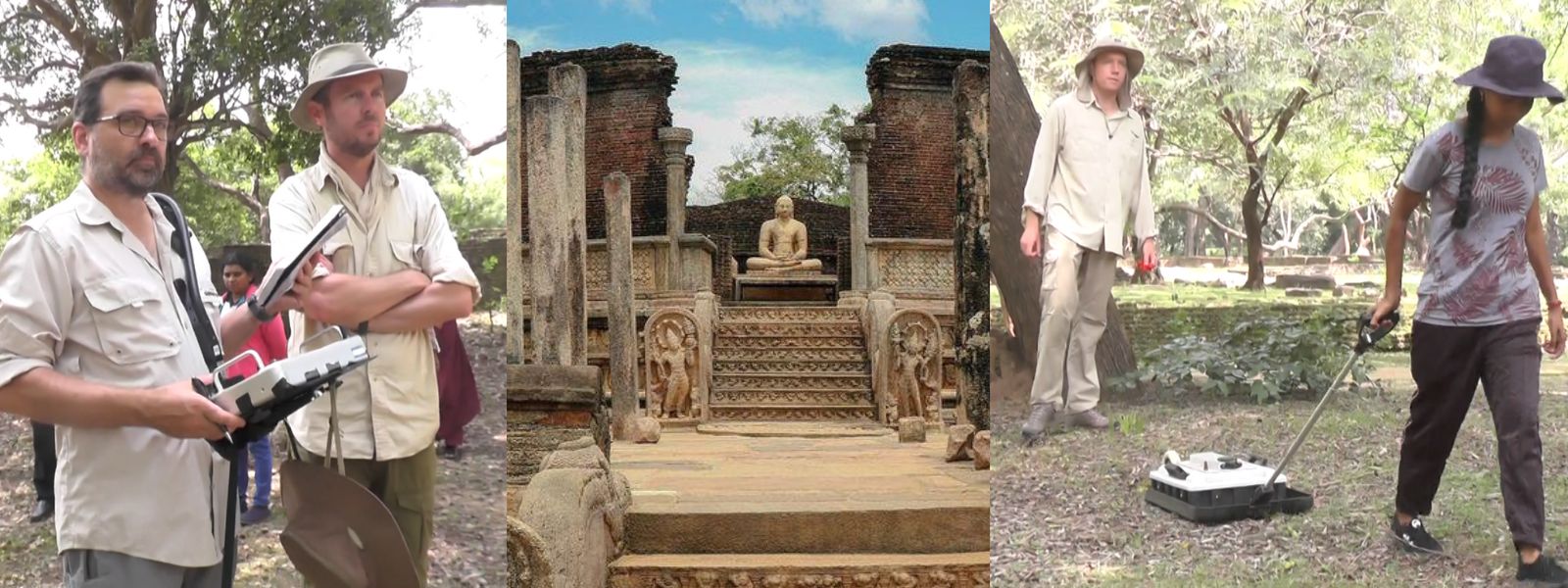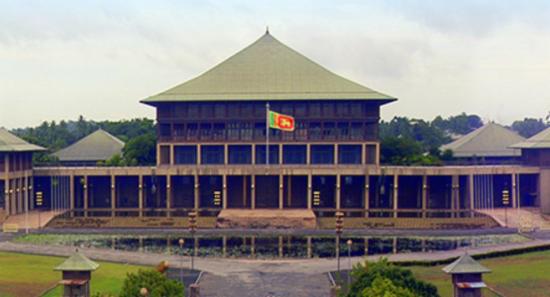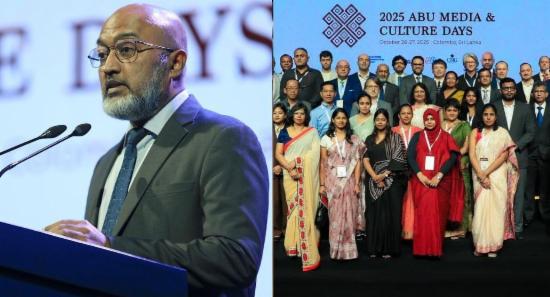.webp)

Polonnaruwa Reimagined: New Archaeological Project Promises to Rewrite History
COLOMBO (News 1st); An exciting new archaeological project, is delving into the depths of Polonnaruwa, Sri Lanka's ancient capital city.
Utilizing cutting-edge ground-penetrating radar technology, the project aims to uncover hidden artifacts and structures dating back to Polonnaruwa's urbanization era.
A team led by Dr. Keir Strickland of La Trobe University is delving into the mysteries of the ancient city of Polonnaruwa using a combination of cutting-edge technologies. Their project aims to unveil the city's development, urban form, and the factors contributing to its rise and fall.
Dr. Strickland described the exciting findings made with ground penetrating radar (GPR), "This technology has allowed us to detect buried remains of ancient structures without disturbing the site. We're seeing signals from buildings, tanks, ponds, and even furnaces, offering a crucial glimpse into the city's layout without excavation."
The project goes beyond GPR, incorporating drone surveys for a comprehensive understanding of the city's landscape. This multi-pronged approach promises a deeper understanding of Polonnaruwa's urban planning, infrastructure, and societal functions.
The project was launched by a collaborative team from the University of Kelaniya, La Trobe University (Australia), the Department of Archaeology, Central Cultural Fund, and Jaffna University,
The project, initiated on February 4th, focuses on exploring the vast inner city area, with initial scans indicating potential discoveries buried up to three meters below the surface.
While previously known structures like the Parakramabahu Palace and meeting halls are visible, the radar has revealed intriguing possibilities of an even older layer of history.
Professor Prasanthi Gunawardene of the University of Kelaniya stressed that the mission is to uncover potential artifacts and structures predating the known Polonnaruwa era, buried beneath layers of earth.
Professor Gunawardene explains, "We're employing ground penetrating radar (GPR) as our key tool. This technology allows us to 'see' through the ground, essentially creating an underground map of the city. With GPR, we can explore a staggering 80% of the ancient city's inner area."
Prior excavations primarily revealed structures like the Parakramabahu Palace and meeting halls. Now, GPR is painting a vastly different picture. "We've detected hidden ponds as deep as three meters below ground, along with evidence of furnaces," Professor Gunawardene reveals. "These findings suggest the possibility of an era predating the known Polonnaruwa civilization."
These groundbreaking discoveries offer tantalizing hints of a previously unknown chapter in Polonnaruwa's history. Professor Gunawardene emphasizes the significance of their work: "This project has the potential to rewrite our understanding of the city's development and shed light on a civilization that thrived before the rise of Polonnaruwa."
The research team is poised to delve deeper, meticulously analyzing the GPR data and potentially conducting targeted excavations based on their findings.
Other Articles
Featured News





.png )


-820060_550x300.jpg)


-820036_550x300.jpg)





-819380_550x300.jpg)


-812087_550x300.jpg)
-810262_550x300.jpg)








.webp)






